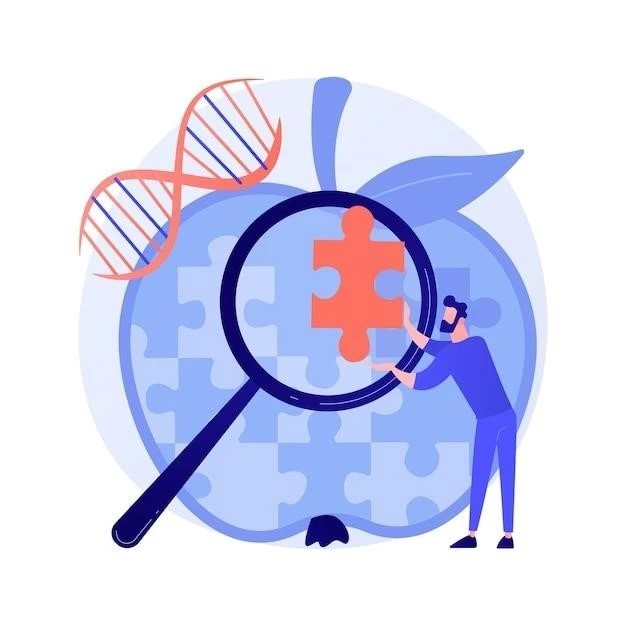Overview of Sorsby Fundus Dystrophy
Sorsby Fundus Dystrophy (SFD) is a rare genetic disorder characterized by the loss of central vision. It follows an autosomal dominant inheritance pattern and is associated with mutations in the TIMP3 gene.
Description and Genetic Inheritance
Sorsby Fundus Dystrophy (SFD) is a rare genetic disorder inherited in an autosomal dominant manner. It is characterized by the loss of central vision due to mutations in the TIMP3 gene. The disease typically manifests with symptoms such as night blindness and visual acuity loss, impacting individuals from the third to sixth decades of life.
Sorsby Fundus Dystrophy (SFD) is a rare genetic disorder with an estimated prevalence of 1 in 220,000 individuals. The disease typically manifests in individuals between the fourth to sixth decades of life. Although similar to age-related macular degeneration, SFD often affects individuals at a younger age.
Genetic Mutation and Pathophysiology
Sorsby Fundus Dystrophy (SFD) is caused by mutations in the TIMP3 gene. The pathophysiology involves abnormal deposition of TIMP3 in the eye٫ affecting central vision. This autosomal dominant disorder leads to retinal changes and vision loss.
Prevalence and Age of Onset
Sorsby Fundus Dystrophy (SFD) is a rare genetic disorder with an estimated prevalence of 1 in 220,000 individuals. The disease typically manifests in individuals between the fourth to sixth decades of life. Although similar to age-related macular degeneration, SFD often affects individuals at a younger age.
Expression in the Eye and Disease Manifestation
Sorsby Fundus Dystrophy (SFD) is primarily characterized by mutations in the tissue inhibitor of metalloproteinases-3 (TIMP3) gene. The eye’s expression of TIMP3 leads to abnormal deposition in Bruch’s membrane, contributing to central vision loss and disease manifestation. Ophthalmoscopy often reveals specific changes indicative of SFD, distinct from other retinal conditions.
Clinical Presentation and Symptoms
Sorsby Fundus Dystrophy presents with symptoms such as night blindness, visual acuity loss, and changes in color vision. Individuals may experience central vision loss, impacting daily tasks.
Similarities to Age-Related Macular Degeneration
Sorsby Fundus Dystrophy (SFD) shares similarities with age-related macular degeneration (AMD), although it tends to affect individuals at a younger age. Both conditions involve the accumulation of protein/lipid deposits under the retinal pigment epithelium, known as drusen, which can be observed during ophthalmoscopy.
Specific Vision Loss Characteristics
Sorsby Fundus Dystrophy (SFD) presents with specific vision loss characteristics, including night blindness, blurred vision, color vision changes, and progressive central vision loss. Individuals with SFD may also experience retinal atrophy and detachment, leading to peripheral visual impairment.

Diagnosis and Differential Diagnosis
Diagnosing Sorsby Fundus Dystrophy involves ophthalmologic findings such as drusen under the retinal pigment epithelium. Genetic testing plays a crucial role in confirming the presence of mutations in the TIMP3 gene.
Ophthalmologic Findings
Sorsby Fundus Dystrophy (SFD) diagnosis relies on ophthalmologic findings such as drusen accumulation under the retinal pigment epithelium, visible during examination. These characteristic structural changes aid in distinguishing SFD from other retinal conditions.
Genetic Testing and Confirmation
Genetic testing plays a critical role in confirming the diagnosis of Sorsby Fundus Dystrophy by identifying mutations in the tissue inhibitor of metalloproteinases-3 (TIMP3) gene. Understanding the genetic basis of the disease can aid in providing accurate diagnoses and appropriate management strategies for affected individuals.
Management and Treatment Approaches
The management of Sorsby Fundus Dystrophy involves regular ophthalmologic assessments to monitor disease progression. Current treatment modalities focus on symptom management and visual support, with research exploring potential future treatment avenues;
Current Treatment Modalities
The management of Sorsby Fundus Dystrophy focuses on regular ophthalmologic assessments to monitor disease progression and symptom management. Currently, treatment modalities aim to support visual function and quality of life for affected individuals.
Future Perspectives and Research Directions
Future research in Sorsby Fundus Dystrophy (SFD) aims to explore novel treatment approaches targeting the underlying pathophysiology of the disease, potentially focusing on gene therapy, stem cell therapy, or pharmacological interventions to address vision loss and disease progression. These avenues hold promise for advancing management strategies in the future.

Prognosis and Disease Progression
Sorsby Fundus Dystrophy (SFD) carries a prognosis of progressive vision loss, impacting central vision due to macular degeneration. The disease commonly presents in the fourth to sixth decade of life, leading to variable but significant visual impairment.
Impact on Central and Peripheral Vision
Sorsby Fundus Dystrophy (SFD) significantly affects central vision due to its impact on the macula, leading to progressive vision loss over time. The disease progression may result in peripheral visual impairment, impacting overall visual function.
Risk Factors for Choroidal Neovascularization
In Sorsby Fundus Dystrophy (SFD), the main risk factor for disease progression is the development of choroidal neovascularization (CNV), which can lead to sudden visual acuity loss. Understanding and monitoring these risk factors are essential in managing the condition and preserving vision in affected individuals.
Patient Education and Support
Patient education on Sorsby Fundus Dystrophy is crucial to understand the genetic inheritance pattern, age of onset, and symptoms. Support groups and resources can offer emotional assistance and guidance on managing the disease’s impact on daily life.
Coping Strategies for Vision Loss
Individuals with Sorsby Fundus Dystrophy may benefit from coping strategies to manage vision loss effectively. Utilizing low vision aids, receiving specialized training for daily tasks, and accessing support from low vision rehabilitation services can enhance quality of life and independence.
Importance of Regular Follow-up and Monitoring
Regular follow-up and monitoring are crucial in managing Sorsby Fundus Dystrophy to track disease progression, assess visual changes, and detect complications such as choroidal neovascularization early. Ongoing monitoring can aid in implementing timely interventions and optimizing visual outcomes for individuals with the condition.
